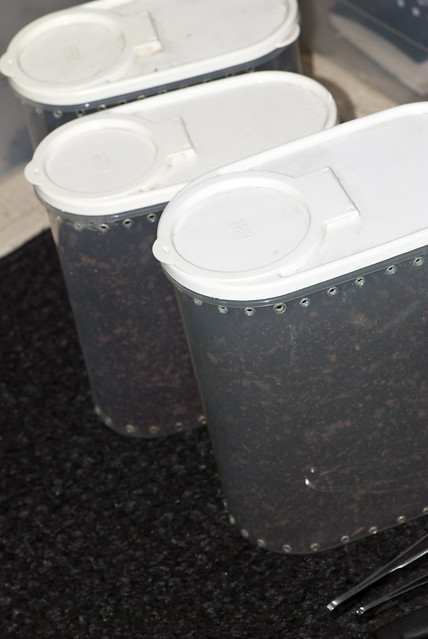JarvyvV
Arachnopeon
- Joined
- Mar 7, 2013
- Messages
- 35
I am new to the hobby and i was wondering what is a good fossorial tarantula(burrowing) for a beginner. I want a fossorial because burrows fascinate me.
Last edited:

